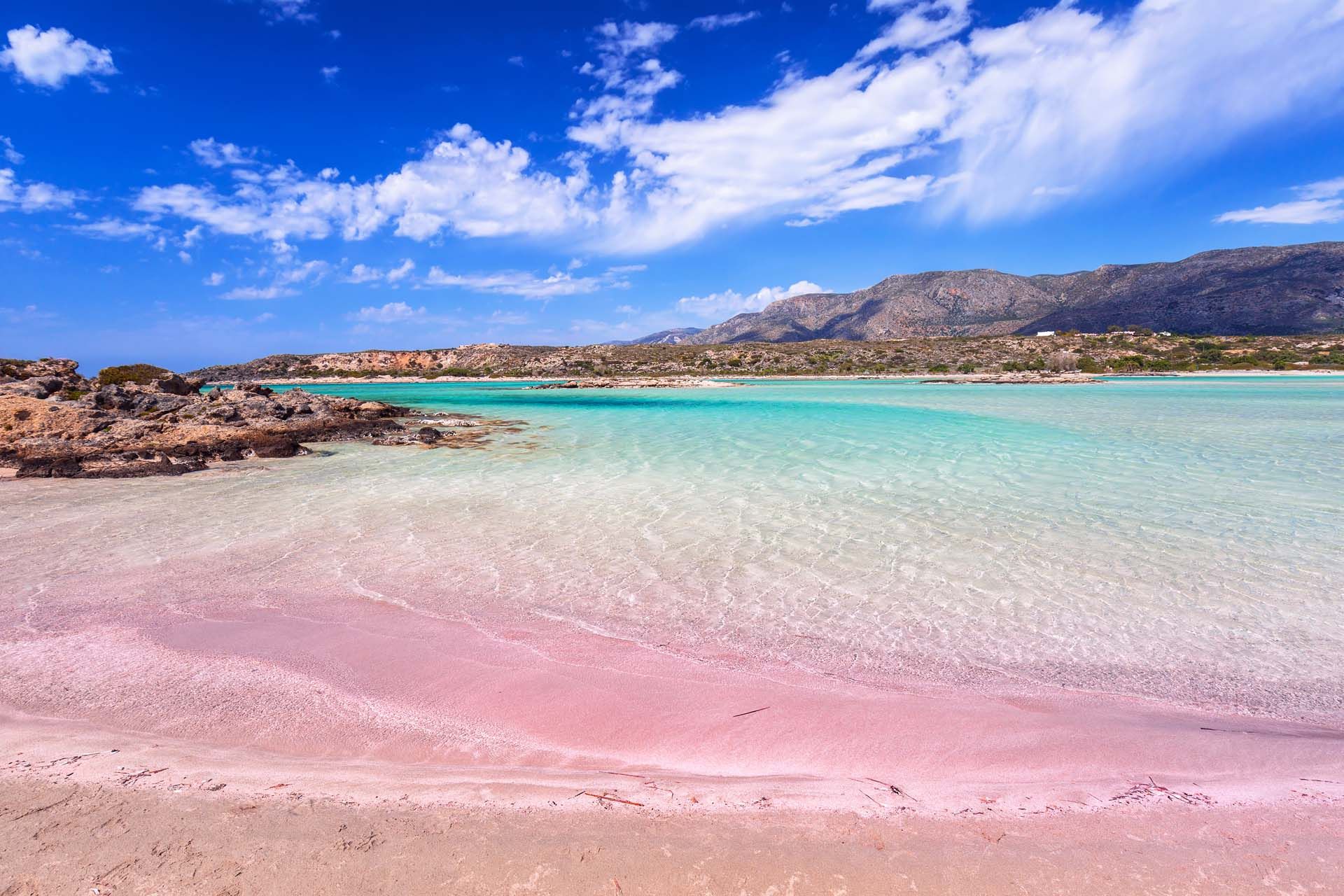Tips for travelling to Crete in July
From what to wear, to making the most of the island’s cultural attractions, here are a few tips that’ll enhance your July trip to Crete.
What to wear in Crete in July
Given the high average daily temperatures, it’s clear you won’t need to pack bulky clothing to keep you warm! Light summer wear and swimming gear are in order — shorts, t-shirts, light dresses, sandals and flip-flops.
Just don’t forget to bring a cover-up to protect you from the sun, and footwear suitable for exploring Crete’s incredible mountain trails.
Be savvy about the sun
Given the heat and intensity of the sun, be sure to use plenty of sun screen, wear a hat and sunglasses, and hydrate often.
That counts whether you plan to spend most of your time on the beach, hiking the island’s trails, or visiting the island’s archaeological sites.
Book flights and accommodation early
Given that July is Crete’s peak season, to secure your preferred flight and accommodation, you need to book as early as possible.
That way, you’ll avoid the disappointment of your top choice being booked up, and you might bag yourself an early-bird bargain.
Visit top attractions early in the day
Given the crowds and heat Crete sees in July, plan your trips to top attractions like Knossos and Phaistos for the early morning.
Tour parties tend to arrive after 10am, so try to time your visit before then to see the sites up close, without having to vie for the best views and photo opps.
It’s also more pleasant to take your time to explore them before the sizzling afternoon heat strikes.






